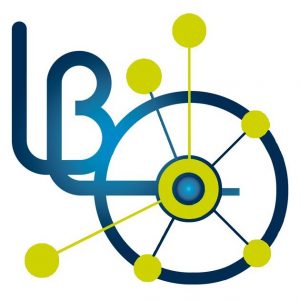Since the discovery of spin-triplet superconductivity in Sr2RuO4 in 1994, the single-layered ruthenates have attracted much interest and have also been studied at the LLB in a number of experiments using different diffraction and inelastic neutron scattering techniques. It is, however, not only superconductivity what is remarkable about the ruthenates. By doping Sr2RuO4 on the Sr-site, a complex phase diagram evolves. The series Ca2-xSrxRuO4 ranges from the antiferromagnetic Mott-insulator Ca2RuO4 to the paramagnetic (and superconducting below 1.5K) metal Sr2RuO4. On the basis of the x-T phase diagram of Ca2-xSrxRuO4, I will discuss how the interplay between the structural and electronic and magnetic degrees of freedom affects the physical properties of the material. The competition between different kinds of magnetic instabilities is seen in a number of unusual properties: In the case of Ca2RuO4, the application of pressure is able to turn the insulating antiferromagnet into a ferromagnetic metal. For intermediate Ca/Sr mixture (between x=0.2 and 0.5), a metamagnetic transition between two paramagnetic states is observed. The balance between two types of magnetic instability, a ferromagnetic and an incommensurate one, seems to determine the physics of these compounds. For Sr2RuO4, it is the question about the superconducting pairing why magnetism attracts attention. Here, the magnetism is dominated by incommensurate fluctuations, but also a weak ferromagnetic component could recently be observed by polarized inelastic neutron scattering. It is also possible to introduce magnetic order in Sr2RuO4 (an incommensurate SDW) by only a few percent substitution of Ru by Ti. After a short general introduction, I will mainly discuss the above mentioned topics, especially in view of the recent neutron experiments, most of which have been carried out at the LLB.
Université de Cologne




